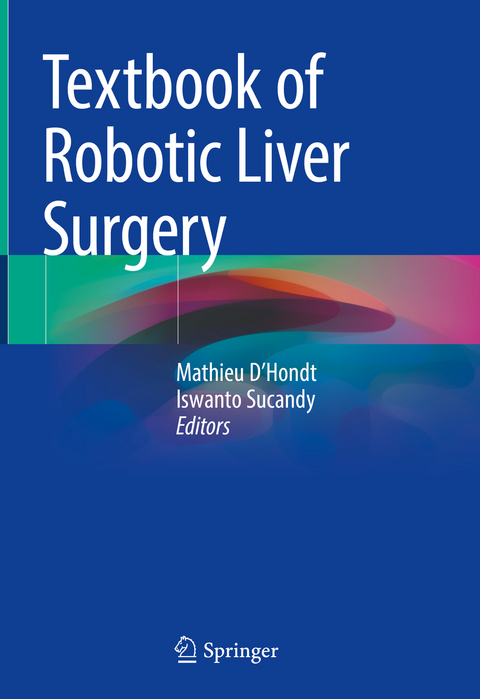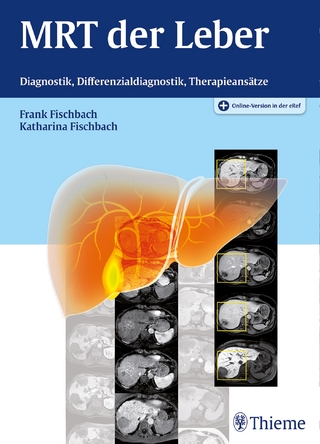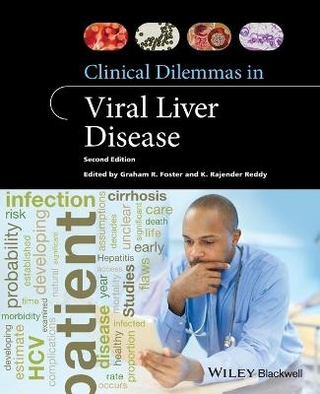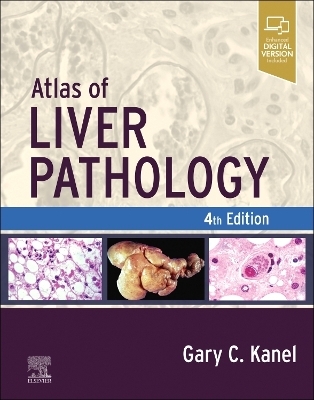
Textbook of Robotic Liver Surgery
Springer International Publishing (Verlag)
978-3-031-76535-3 (ISBN)
- Noch nicht erschienen - erscheint am 11.02.2025
- Versandkostenfrei innerhalb Deutschlands
- Auch auf Rechnung
- Verfügbarkeit in der Filiale vor Ort prüfen
- Artikel merken
The editors will collaborate with a professional medical illustrator specialized in minimal invasive liver surgery to offer readers a visual experience of the most important surgical steps.
Doctor Mathieu D'Hondt has completed his studies in general medicine at the University of Leuven, Belgium. Following his residency in general surgery (2003-2009) he completed an additional fellowship in abdominal surgery (mainly minimally invasive) at the University Hospital of Leuven/Belgium (2009-2010) followed by a second fellowship in hepatobiliary and pancreatic surgery at the Centre Hospitalier Universitaire de Montréal in Canada (2010-2011). Since 2011 he is member of staff at the Department of Digestive and Hepatobiliary/Pancreatic surgery at the Groeninge Hospital Kortrijk, Belgium. By combining his large experience in minimally invasive surgery and his experience in HPB surgery, his main interest is laparoscopic and robotic HPB Surgery. During his career in AZ Groeninge he performed more than 1500 Liver/Pancreatic resections since 2012 including laparoscopic and robotic major hepatectomies, robotic whipple procedures and robotic bile duct reconstructions. Dr D'Hondt is European proctor for Robotic hepatobiliary- and pancreatic surgery.
He is author or co-author of more then 200 sientific papers and in April 2022 he defended his PhD project: "Improving outcomes in hepatobiliary surgery in the era of minimal invasive surgery."
Dr. Sucandy is a world-renown Hepatopancreatobiliary and Robotic surgeon who is a Professor of Surgery at the University of Central Florida. Dr. Sucandy completed his residency in General Surgery Residency at Jefferson Health-Abington Hospital in Philadelphia. He continued to pursue his passion by completing a dual fellowship in Advanced Laparoscopic Gastrointestinal/ Minimally Invasive Surgery at Yale University School of Medicine in New Haven, CT and Hepatopancreatobiliary Surgery under the Starzl Liver Transplantation Institute at the University of Pittsburgh Medical Center, PA, USA.
Dr. Sucandy had received numerous awards for his academic achievements and contributions to surgical societies. Dr. Sucandy is actively involved in regional, national and international Hepatopancreatobiliary/Liver Transplantation societies as an officer, reviewer, course instructor, and expert panelist. This includes Society of American Gastrointestinal and Endoscopic Surgeons (SAGES), Americas Hepatopancreatobiliary Association (AHPBA), International Hepatopancreatobiliary Association (IHPBA), International Laparoscopic Liver Society (ILLS), Society of Surgery for Alimentary Tract (SSAT), International Society of Liver Surgeons (ISLS) and several others.
Dr. Sucandy is nationally involved in teaching other surgeons as the site host, instructor, and course director of robotic hepatobiliary surgery. He is also a member of development team for robotic liver surgery guidelines and other initiatives in expanding the application of robotic system in complex hepatopancreatobiliary surgery.
As an active contributor to the surgery literature, Dr. Sucandy has published more than 250 scientific peer-reviewed articles, book chapters, and numerous surgical technique videos in the field of Hepatopancreatobiliary and Gastrointestinal surgery. Since 2016, Dr. Sucandy is leading the Robotic Hepatobiliary Program at AdventHealth Tampa and currently he is serving as the Division Chief for Hepatopancreatobiliary Surgery.
Introduction
Robotic Systems, Patient Preparation and Anesthesia in robotic liver surgery
Different approaches in robotic liver surgery
Learning curves and training in robotic liver surgey
Robotic liver surgery for malignant tumors
Robotic liver surgery: Procedures and Technical aspects
New technology, financial impact, registries and the future of robotic liver surgery.
| Erscheint lt. Verlag | 11.2.2025 |
|---|---|
| Zusatzinfo | XI, 327 p. 50 illus., 25 illus. in color. |
| Verlagsort | Cham |
| Sprache | englisch |
| Maße | 178 x 254 mm |
| Themenwelt | Medizin / Pharmazie ► Medizinische Fachgebiete ► Chirurgie |
| Medizinische Fachgebiete ► Innere Medizin ► Hepatologie | |
| Naturwissenschaften ► Biologie | |
| Schlagworte | Hepatectomy • Laparoscopy • Liver • liver resections • Minimally Invasive • parenchyma transection • safe implementation • Surgical techniques |
| ISBN-10 | 3-031-76535-4 / 3031765354 |
| ISBN-13 | 978-3-031-76535-3 / 9783031765353 |
| Zustand | Neuware |
| Informationen gemäß Produktsicherheitsverordnung (GPSR) | |
| Haben Sie eine Frage zum Produkt? |
aus dem Bereich


